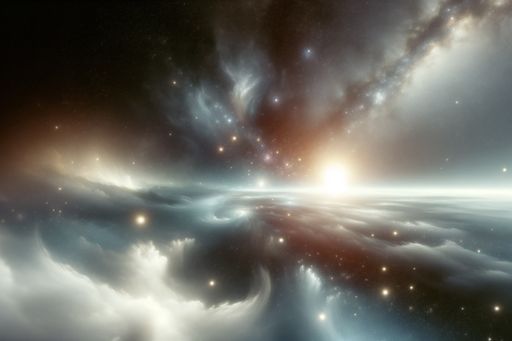November's Full Beaver Moon to Shine Bright This Weekend
November's full moon, known as the beaver moon, will shine bright in the night sky starting Sunday, offering a dazzling sight to behold.

The Beaver Moon and Its Unique Features
November's full moon, also known as the beaver moon, will reach its most full phase at 4:16 a.m. ET on Monday.
Dr. Noah Petro of NASA explains that the specific features of each full moon are always a little different from one to the next due to the slight movement of the moon called libration.
Despite these variations, the beaver moon will still appear like a typical full moon.
Observing the Beaver Moon
To get the best view of the beaver moon, find a space with a clear view of the sky, away from trees, buildings, and bright lights.
While it is not necessary to have any equipment to observe the moon, a pair of binoculars or a telescope can help enhance finer details.
Dr. Petro encourages people to appreciate the fact that the moon they see is the same moon that their ancestors have seen throughout human history.
Interesting Facts About the Beaver Moon
The beaver moon's name is believed to come from the appearance of beavers retreating to their lodges in anticipation of winter during this time.
In North America, November was also beaver trapping season during the fur trade era due to the animal's thicker coat.
Different indigenous groups have their unique names for the November full moon, such as the digging moon, frost moon, and freezing moon, reflecting the preparations for winter.
Upcoming Celestial Events
The final full moon of the year, known as the cold moon, will occur on December 26.
In terms of meteor showers, the Leonids will be visible until December 2, followed by the Geminids on December 13-14 and the Ursids on December 21-22.
These events offer wonderful opportunities for stargazers to enjoy the wonders of the night sky.



